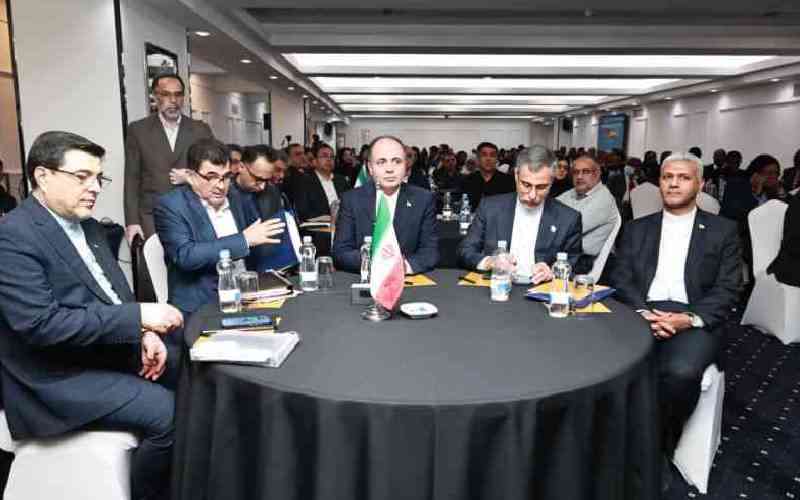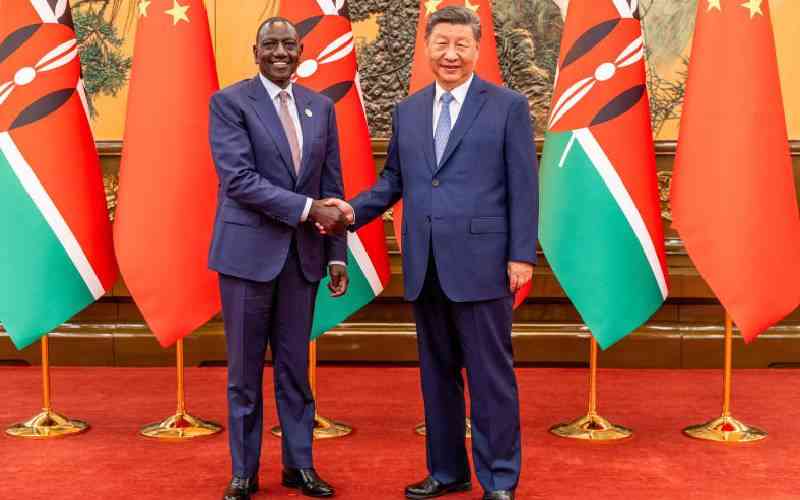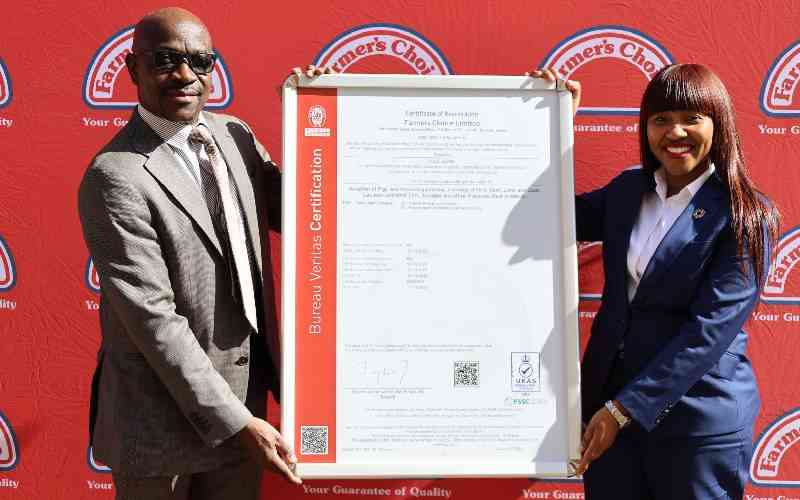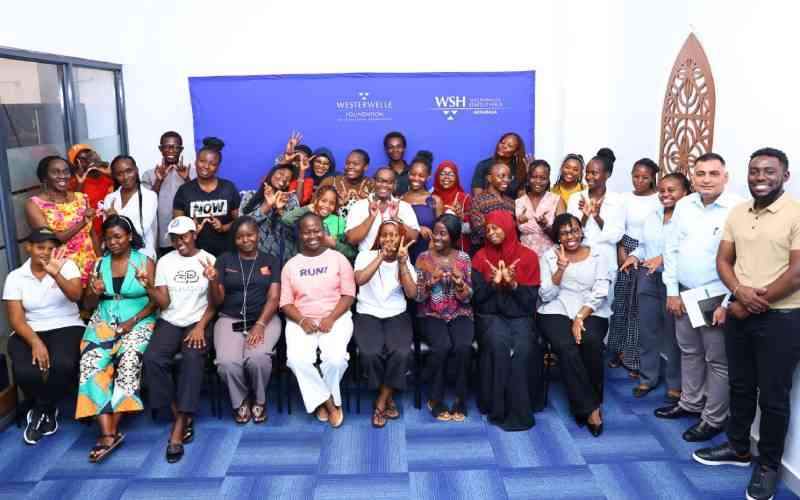×
The Standard e-Paper
Smart Minds Choose Us

The decision by the current administration to lift the ban on the cultivation and importation of genetically modified crops (GMOs) has created a raging debate on the safety of GMOs, both on social media and leading media houses.
Though at times devoid of facts, these conversations on the safety of GMOs by Kenyans on Twitter are commendable and are a strong indicator that the public is taking a keen interest in key scientific developments.







